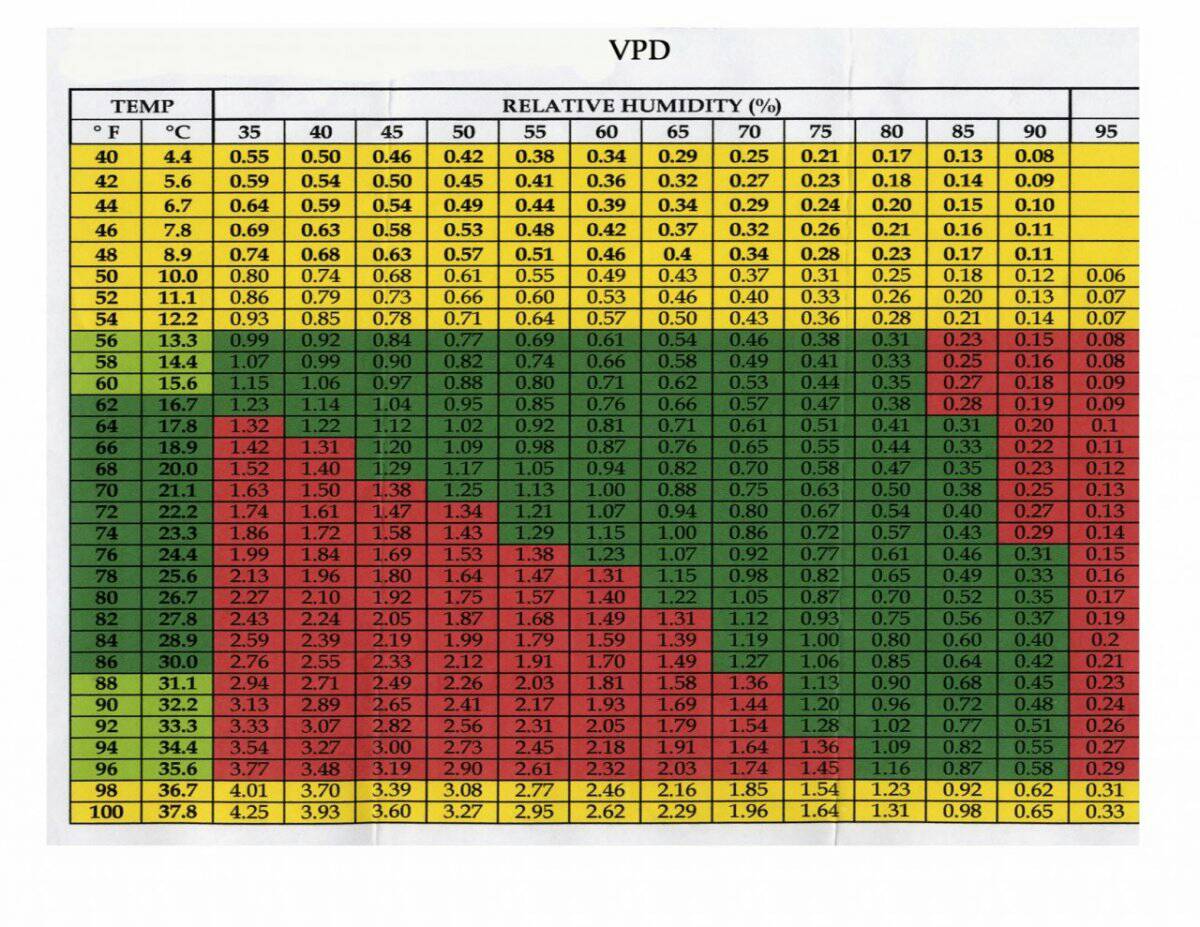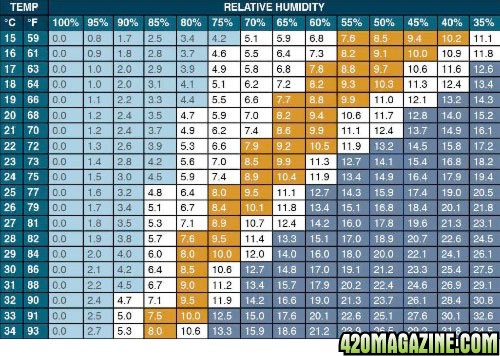TheFertilizer
Well-Known Member
I keep reading this and it seems like it's just some kind of myth. Is this written by someone somewhere that's verified by fact? I mean what is it based off of?
The reason I'm suspicious is because I just dried my crop until the stems were snappy, and then jarred them up. My hygrometer was reading between 35-40% in the jars, all the way down to 25% This is how I always dry it.
So here's my problem, when I wait a month for a cure, my buds definitely end up tasting and smelling better, like I can tell the transition from that kind of hay like smell to smelling like weed over time.
But if my hygrometer says it's way below 50%, then how can the idea that the cure stops be true?
The reason I'm suspicious is because I just dried my crop until the stems were snappy, and then jarred them up. My hygrometer was reading between 35-40% in the jars, all the way down to 25% This is how I always dry it.
So here's my problem, when I wait a month for a cure, my buds definitely end up tasting and smelling better, like I can tell the transition from that kind of hay like smell to smelling like weed over time.
But if my hygrometer says it's way below 50%, then how can the idea that the cure stops be true?








 . I think the Humidipacks might be useful if you storing it long term (but what defines long term I'm not sure), not like I have to worry about that unless I get a higher yield off my plants growing in a box or change up where I"m growing
. I think the Humidipacks might be useful if you storing it long term (but what defines long term I'm not sure), not like I have to worry about that unless I get a higher yield off my plants growing in a box or change up where I"m growing 



 And I haven't made any effort to get the best possible cure, but here's the few things I've noticed and learned.
And I haven't made any effort to get the best possible cure, but here's the few things I've noticed and learned. Low temps? DrZiggy has had some very interesting results curing in his fridge - swears by it - calls it "low and slow".
Low temps? DrZiggy has had some very interesting results curing in his fridge - swears by it - calls it "low and slow".  It's fabulous for terpenes and I think the temp is too low for mold - not sure how dry they are when he starts.
It's fabulous for terpenes and I think the temp is too low for mold - not sure how dry they are when he starts.